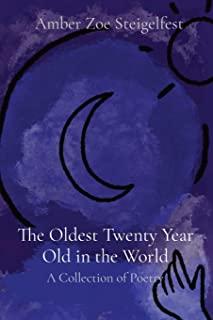
In an unnamed foreign country, a family of three is settling into a house at the edge of the woods. But something is off. A sound, at first like coughing and then like laughter, emanates from the nearby forest. Fantastical creatures, it is said, live out there in a castle where feudal lords reigned and Resistance fighters fell. When the mother, fearing another miscarriage, returns to her family's home to give birth to a second child, father and son are left to their own devices in rural isolation. Haunted by the ever-present woods, they look on as the TV flashes with floods and processions of refugees. The boy brings a mysterious half-naked old woman home, but before the father can make sense of her presence, she disappears. A mail carrier with gnashing teeth visits to deliver nothing but gossip of violence. A tree stump in the yard refuses to die, no matter how generously the poison is applied.
An allegory for alienation and climate catastrophe unlike any other, At the Edge of the Woods is a psychological tale where myth and fantasy are not the dominion of childhood innocence but the poison fruit borne of the paranoia and violence of contemporary life.
member goods
listens & views

PLUS 8 CLASSICS 3: 1995-1997 ...
by PLUS 8 CLASSICS 3: 1995-1997 / VARIOUS
COMPACT DISCout of stock
$15.49






